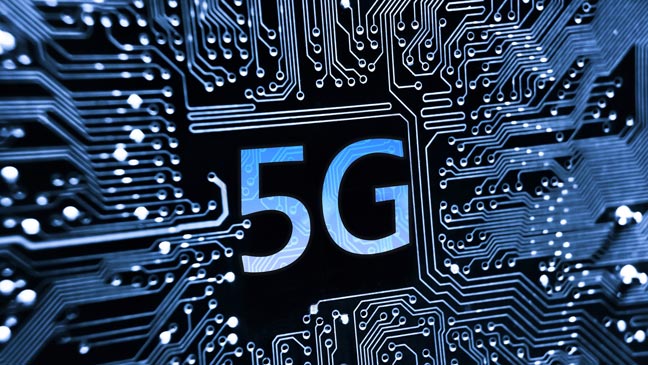Removing Huawei Equipment To Take Five Years, Operators Tell MPs

Executives from Vodafone and BT give MPs a blunt assessment of the time needed and the cost to remove Huawei equipment
Executives from Vodafone and BT have revealed they would need a minimum of five years to remove equipment made by Huawei from British networks.
Vodafone in particular has been vocal in the past about its reservations of removing Huawei equipment, and now it said the cost would likely be in the “single figure billions” of pounds range.
Both operators were speaking to MPs on the UK Parliament’s Science and Technology Committee this week.

Costly removal
Andrea Dona, head of networks Vodafone UK, told MPs the operator needed to have a “sensible time scale” of several years to implement any further Huawei restrictions, with a minimum transitional plan spanning five years, Reuters reported.
Meanwhile BT, which owns rival network EE, told the same committee it needed a minimum of five years, and ideally seven, to remove Huawei from its network.
BT is already trialing switching some network sites from Huawei to other vendors, its chief technology officer Howard Watson reportedly said.
Both Dona and Watson called for a five-year transition plan to avoid disruption to customers.
“It is logistically impossible I believe to get to zero in a three-year period,” BT’s Watson was quoted as saying by CNBC.
“That would literally mean blackouts for customers on 4G and 2G as well as 5G throughout the country,” Watson added.
Limited role
The comments come as Huawei faces an uncertain future in the UK.
In January this year, Boris Johnson identified Huawei as a “high-risk vendor” but said it could play a “limited” role in the UK’s 5G networks.
That meant that Huawei would be excluded from sensitive geographic locations such as nuclear sites and military bases; and have a 35 percent cap in periphery (non-sensitive parts) of the 5G network.
But now sentiment has turned and it was reported this weekend that the British government may order telecoms companies to begin removing Huawei-made 5G equipment as early as this year, following a critical assessment of the firm by GCHQ’s National Cyber Security Centre (NCSC).
The NCSC assessment, due to be presented to the prime minister this week, reportedly finds that the risks of using Huawei equipment can no longer be safely managed due to new export controls imposed by the United States.
The US brought in new regulatory measures in May aimed at cutting off Huawei’s access to semiconductor manufacturers outside the country that use US-made software or equipment
Gear removal
But telecoms firms are warning it will take years to remove Huawei equipment.
In April BT said that the removal of Huawei equipment from the core of EE’s network had been delayed by two years.
In December 2018 BT had said it would take just two years to remove Huawei equipment from its core network, but BT is now saying that “100% of core mobile traffic” will be on its new Ericsson-built equipment by 2023.
It is known that BT’s network currently consist of two-thirds Huawei and one-third Nokia.
And in February this year Vodafone reportedly said it will remove Huawei equipment from the sensitive, core parts of its mobile networks across Europe. Doing so will cost the British operator 200m euros (£169m) over the next five years, it was reported at the time.
Vodafone’s UK network contains one-third Huawei and two-thirds Ericsson.
It should be remembered that three of the UK’s largest wireless providers (EE, Vodafone, and Three) all used Huawei equipment to build their 5G networks.
The only exception to this was O2, which instead opted to use 5G equipment from Ericsson and Nokia right from the start.
Do you know all about security? Try our quiz!